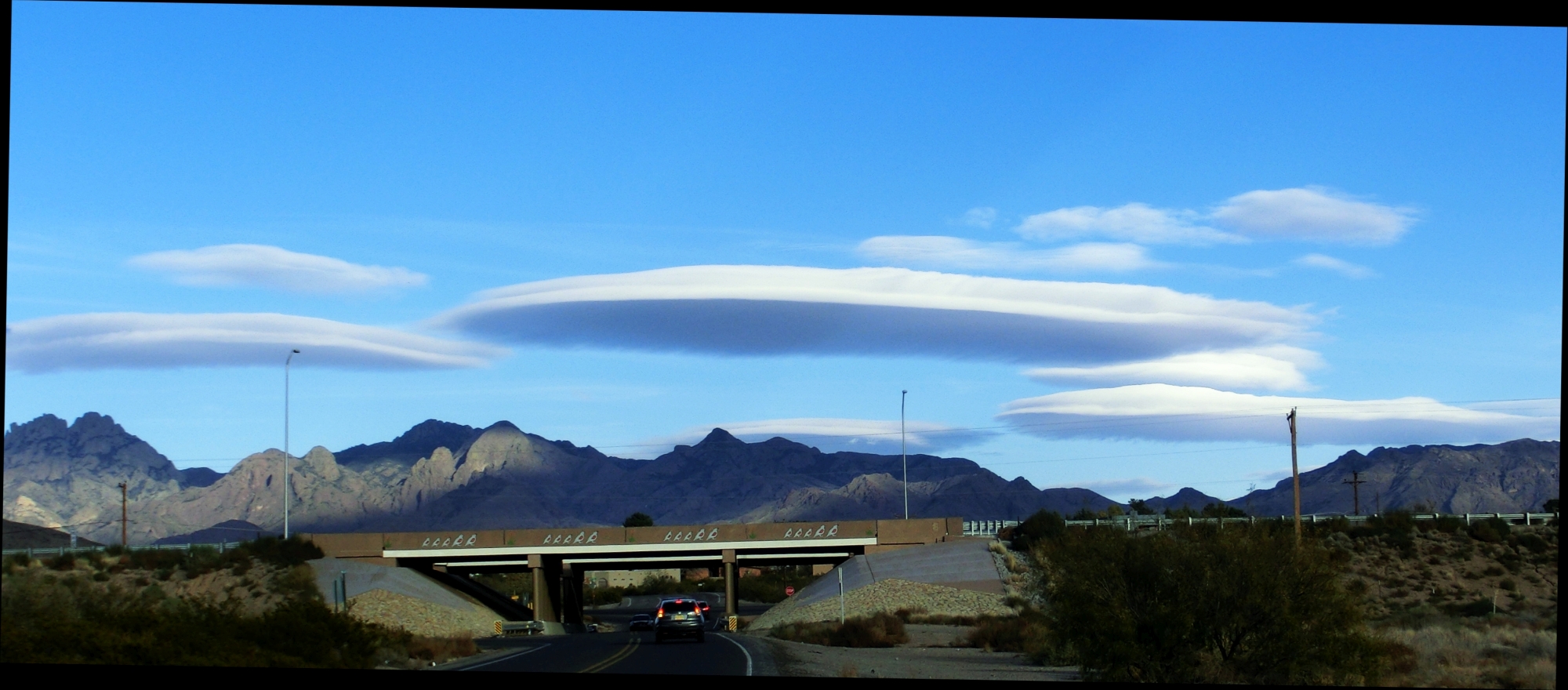Four pages link from here:
First is one that links to a number of mathematical exercises, presuming little or no knowledge of the sciences. I’ve shared a number of these with some amazing home-schooled students, the Pearsons; others are older or newer.
For students and learners and the generally curious, willing to do math and to follow chains of concepts at some length: the page one can jump to is Deeper Calculations to Amuse and Teach. Over the years, particularly the last several, I have presented and written up excursions into math, science, and technology, with more-or-less intensive calculations to bring out ideas that are useful or at least amusing and mind-exercising. These include:
- Drag forces on a bike in a crosswind – is it really harder than in still air, with no obvious force in the direction of movement?
- How, and why, can one calculate the pressure at the center of the Earth, by regarding rock as fluid in hydrostatic equilibrium?
- How does the virtual force called centrifugal force distort the shape of the Earth and change our weight?
A third page is Popular Essays, covering interesting facts with a nonmathematical presentation. These include:
- What happened to malaria in the US? The last endemic cases were in Farmington, New Mexico in 1950 (but it is coming back soon)
- Are you a big corn chip? Stable isotopes of carbon trace our diet. In the US, about 80% of our food intake is corn, directly or indirectly
- Bread wheat challenges. Rising CO2 in the atmosphere has direct effects on plants, over and above the indirect effects of temperature and precipitation changes. Nutrient content declines… while bread wheat needs high protein content = high N
A fourth page in this topical area is Science Demos and Experiments, those that I’ve devised or improved – about 200 in total (it will take time to get these all up on the site). I won’t claim any scientific discoveries. I’ve added some novelty, I believe, to some demos and experiments. I’ve morphed some demos presented elsewhere into experiments that test hypotheses. An example is elephant toothpaste, in which the catalytic decomposition of hydrogen peroxide into water and O2 creates a mass of foam, given some surfactant in the mixture. Measuring the volume tests the hypothesis that all the O is liberated.
Well, I can’t resist a bit of humor:
